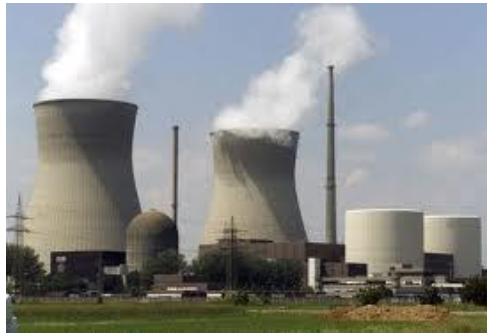Conventional Resources
Mineral And Resources of Class 10
COAL:
Importance :
In India, coal is the most abundantly available fossil fuel. It provides a substantial part of the nation’s energy needs. It is used for power generation, to supply energy to industry as well as for domestic needs.
Coal is formed due the compression of plant material over millions of years. Coal, therefore, is found in a variety of forms depending on the degrees of compression and the depth and time of burial. Decaying plants in swamps produce peat. Which has a low carbon and high moisture contents and low heating capacity.
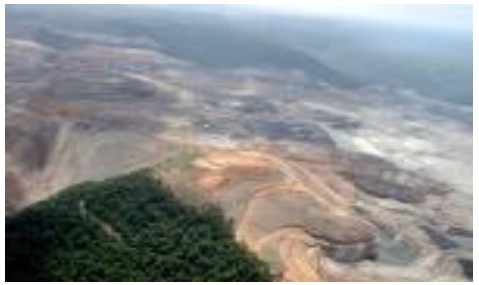
Coal mine
Types of Coal
Lignite: Lignite is a low grade brown coal, which is soft with high moisture content. The principal lignite reserves are in Neyveli in Tamil Nadu and are used for generation of electricity.
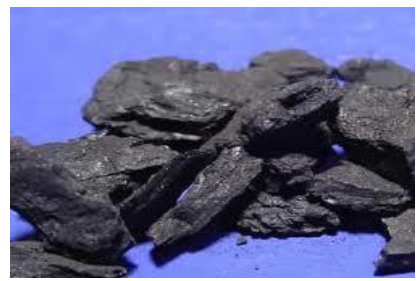
Bituminous Coal: Coal that has been buried deep and subjected to increased temperatures is bituminous coal. It is the most popular coal in commercial use. Metallurgical coal is high grade bituminous coal which has a special value for smelting iron in blast furnaces.
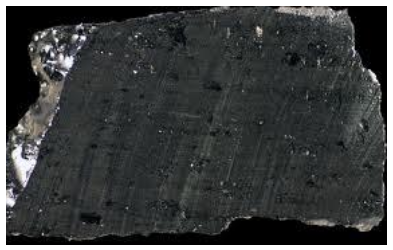
Anthracite: Anthracite is the highest quality hard coal.
In India coal occurs in rock series of two main geological ages, namely Gondwana, a little over 200 million years in age and in tertiary deposits which are only about 55 million years old. The major resources of Gondwana coal, which are metallurgical coal, are located in Damodar valley (West Bengal-Jharkhand). Jharia, Raniganj, Bokaro are important coalfields. The Godavari, Mahanadi, Son and Wardha valleys also contain coal deposits.
Tertiary coals occur in the north eastern states of Meghalaya, Assam, Arunachal Pradesh and Nagaland.
PETROLEUM:
Importance:
Petroleum or mineral oil is the next major energy source in India after coal. It provides fuel for heat and lighting, lubricants for machinery and raw materials for a number of manufacturing industries. Petroleum refineries act as a “nodal industry” for synthetic textile, fertiliser and numerous chemical industries.
Occurrence:
Most of the petroleum occurrences in India are associated with anticlines and fault traps in the rock formations of the tertiary age. In regions of folding, anticlines or domes, it occurs where oil is trapped in the crest of the upfold. The oil bearing layer is a porous limestone or sandstone through which oil may flow. The oil is prevented from rising or sinking by intervening non-porous layers.
Petroleum is also found in fault traps between porous and non-porous rocks. Gas, being lighter usually occurs above the oil.
About 0pt per cent of India’s petroleum production is from Mumbai High, 0pt per cent from Gujarat and 16 per cent from Assam.
NATURAL GAS
- Natural gas is the most eco-friendly fuel found in association with petroleum.
- It has low carbon dioxide emissions thus seen as a fuel of the present century.
- It is not only a source of energy but also industrial raw material of petro chemical industry.
- Large reserves of natural gas have been discovered in the Krishna-Godavari basin.
- Along the west coast the reserves of the Mumbai High and allied fields are supplemented by finds in the Gulf of Cambay.
- The 1700 km long Hazira-Bijaipur- jagdishpur cross country gas pipeline links Mumbai High and Bassien with the fertilizer, power and industrial complexes in western and northern India.
- This artery has provided an impetus to India’s gas production.
- Use of Compressed Natural Gas (CNG) for vehicles to replace liquid fuels is gaining wide popularity in the country.
- HBJ Pipeline: The 1700 km long Hazira - Bijaipur - Jagdishpur cross country gas pipeline links Mumbai High and Bassien with the fertilizer, power and industrial complexes in western and northern India. This artery has provided an impetus to India’s gas production. The power and fertilizer industries are the key users of natural gas. Use of Compressed Natural Gas (CNG ) for vehicles to replace liquid fuels is gaining wide popularity in the country
ELECTRICITY:
Electricity is generated mainly in two ways: by running water which drives hydro turbines to generate hydro electricity; and by burning other fuels such as coal, petroleum and natural gas to drive turbines to produce thermal power. Once generated the electricity is exactly the same.
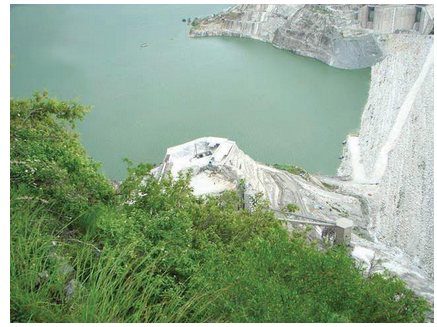
Tehri dam
Thermal Electricity:
- Obtained by using Coal, Petroleum and Natural Gas.
- Out of the total production, share of thermal electricity is about 70%.
- Over 310 thermal power plants distributed in Assam, Jharkhand, Gujarat, Madhya Pradesh, Chattisgarh, Uttar Pradesh, West Bengl, Punjab and Haryana, Rajasthan, Karnataka, Orissa and Delhi.
Hydroelectricity:
- Are renewable resources of energy.
- Accounts for 25% of the total electricity produced in India.
- Hydel power potential is 150000 MW
- (Total installed capacity of 23488 MW.
- Important Hydel power producing states Andhra Pradesh, Karnataka.
Difference between Thermal Electricity and Hydroelectrocity:
|
THERMAL ELECTRICITY |
HYDRO ELECTRICITY |
|
Derived from coal, petroleum, natural gas |
Derived from fast flowing stream of water. |
|
Non-renewable |
Renewable |
|
Creats pollution |
Pollution free, also known as White electricity |
|
Can be installed anywhere. |
Installation depends upon physical properties of land (only applicable in mountainous areas) |
|
Per Unit Cost is high |
Requires only one time investment |
Nuclear Energy:
Nuclear or Atomic Energy is obtained by altering the structure of atoms. When such an alteration is made, much energy is released in the form of heat and this is used to generate electric power. Uranium and thorium, which are available in Jharkhand and the Aravalli ranges of Rajasthan are used for generating atomic or nuclear power. The Monazite sands of Kerala is also rich in thorium. Locate the 6 nuclear power stations and find out the state in which they are located.
